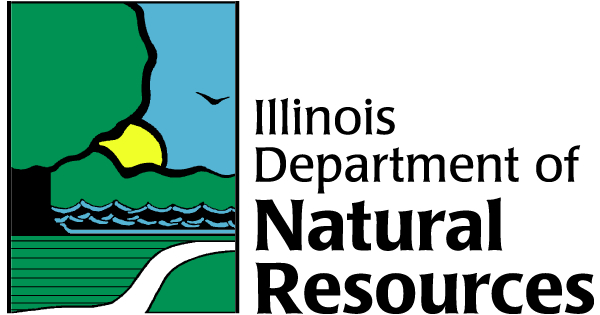Make Illinois state parks your home for the 2024 total solar eclipse
Seven years after the 2017 total eclipse thrilled and delighted viewers in the Midwest, another total solar eclipse will be visible over 128 miles of Illinois the afternoon of April 8, 2024. The next total solar eclipse visible in the United States won’t be until 2044.
Thirty-one Illinois state parks and sites managed by the Illinois Department of Natural Resources are in the eclipse’s path of totality. Numerous other parks and sites lie just outside the path of totality, offering equally spectacular views of the eclipse, though for shorter periods of time.
Southern Illinois is considered the eclipse crossroads of America because it was in the centerline for the path of totality in 2017 and will be again in 2024.
The largest Illinois city in the path of totality is Carbondale. In downtown Carbondale the eclipse will begin moments before 2 p.m. and last for 4 minutes and 9 seconds, which is nearly double the length of time of the 2017 eclipse.
During the eclipse – with the cooperation of the spring weather in Illinois – the sky will darken, the air will cool, stars and planets will become visible, and a 360-degree sunset will be visible.
Make plans today to visit an Illinois state park to view the eclipse and experience this natural phenomenon.
2024 eclipse facts
- The April 8, 2024, total solar eclipse will cross North America, including portions of the United States, Mexico and Canada.
- The next total solar eclipse to be visible in the lower 48 states will happen on Aug. 23, 2044.
- The eclipse will first enter North America in Mexico, then will reach Texas. From there it will travel through Oklahoma, Arkansas, Missouri, Illinois, Kentucky, Indiana, Ohio, Pennsylvania, New York, Vermont, New Hampshire and Maine before entering Canada.
- The last total solar eclipse to travel over Illinois was Aug. 21, 2017.
Eclipse safety
Eye safety is extremely important when viewing a solar eclipse. Never look directly at the sun and be sure to acquire safe, certified solar viewers early. Viewing the sun with the naked eye or through regular sunglasses, a camera lens, binoculars, or telescope without appropriate solar filters can cause instant and severe injury to the eye.
Southern Illinois University is making solar viewers available for school-age children in Illinois free of charge on a first-come, first-serve basis.
Learn more about viewing a solar eclipse safely.
Media inquiries for the Illinois Department of Natural Resources
Members of the media who would like to speak with someone from IDNR or the Illinois State Museum for stories regarding the solar eclipse may contact dnr.pio@illinois.gov or jayette.bolinski@illinois.gov.
Additional resources
Additional resources to learn about the 2024 eclipse


